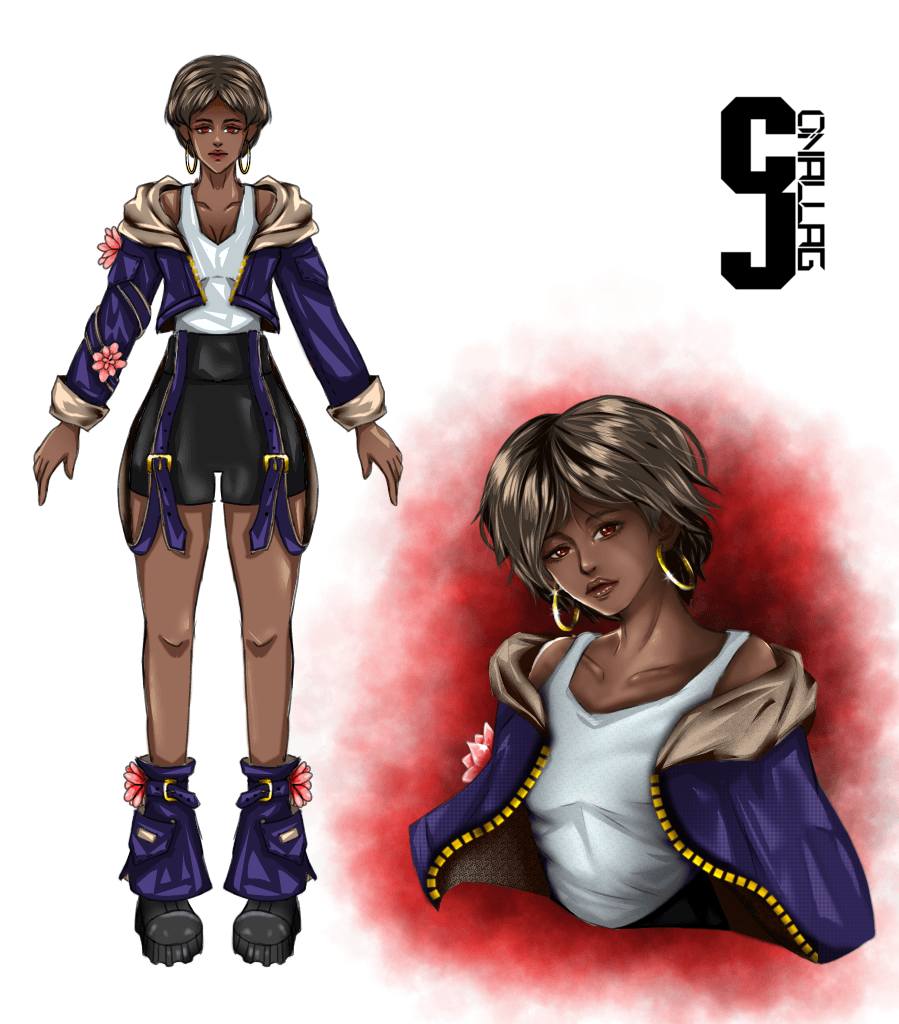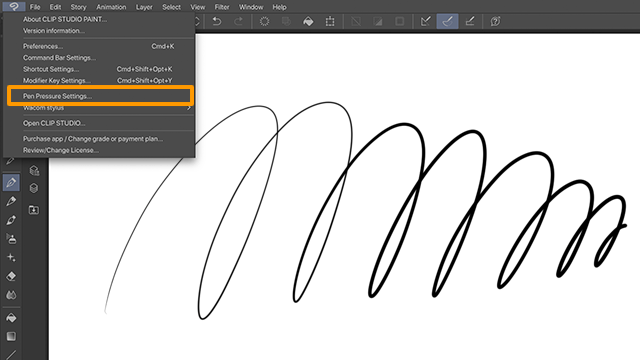Drawing Anime Mouth Expressions
Hello! My name is Liz Staley and I’m a long-time user of Clip Studio Paint (I started using the program back when it was known as Manga Studio 4!). I was a beta-tester on the Manga Studio 5 program and for Clip Studio Paint, and I have written three books and several video courses about the program. Many of you probably know my name from those books, in fact. I write weekly posts on Graphixly.com and on CSP Tips, so be sure to come back every week to learn more Clip Studio Tips and Tricks from me!
Over a year ago I wrote an article called Beginner’s Guide to Expressions (https://tips.clip-studio.com/en-us/articles/4362) that covered some very basic expressions and advice on drawing them. As I stated in that article, I feel like most of the human facial expression comes from the eyebrows. However, that doesn’t mean that none of the emotion comes from the mouth! In this article I’d like to take a closer look at mouth drawings, specifically those that could be used in a more “cartoony” or anime style, and how they influence the character’s expression.
In this article we will cover the following topics:
The difference between anime and realistic expressions
Different Types of Mouth Expressions
Let’s get started!
Difference Between Anime and Realistic Expressions
I will be speaking in generalities in this section because “cartoons” and “anime” are very broad categories and everyone’s style is different. I’ve seen anime and cartoons with more realistic styles and ones with more exaggerated styles, and everything in between! So if your style is more realistic then you can take what advice from this tutorial that you like and throw out the rest - and also remember to look at lots of reference photos of real people and study your anatomy!)
In general, the stereotypical anime mouth when closed is a line, usually with a small break in the middle. Most anime characters don’t have drawn lips, except for in certain circumstances (i.e. a character wearing heavy makeup with lipstick).
Why do anime mouths have a gap in them? I’ve seen several possible answers to this question and I think possibly all of them are correct.
First, this gap could represent where the tubercle (the part of the upper lip that slightly overlaps the lower lip on a human) overlaps the lower lip, causing a break in the shadow formed where the two lips come together.
It may also represent a highlight, either from the character’s lips being moist or just from the way that light tends to fall on a human face in reality, with the corners of the mouth being generally darker and the center being generally lighter.
In some expressions, it could be used to indicate that a character is pressing their lips tightly together, like in a smirk, though this answer doesn’t work for every expression of course!
But, of course, not every anime style has a break in the mouth, and even the ones that do don’t necessarily have that break in the line all the time. Some expressions might have the line fully intact at the top of the mouth. I’ve also seen some anime expressions with open mouths that have a break in the line at the bottom of the mouth - most likely to indicate a highlight on the lower lip. So whether you decide to leave a break in your character’s lip line or not, or whether you draw cartoony lips, is totally up to you!
Different Types of Mouth Expressions
In this section, we will look at several examples of mouths for different types of expressions. I’ve broken these expressions into four broad categories- Happy, Angry, Sad, and Surprise. Of course the spectrum of human emotion is much broader than that, but once you’ve mastered general expressions you can put in more nuance to your drawings.
Remember to look at reference photos if you need a specific reference or get a mirror and look at your own face making the expression. (Or, if you don’t have a mirror, I also like to make the expression and feel what my face is doing. I actually like this method better than using a mirror, but it does make me look a little weird while I’m drawing!)
Let’s look at happy mouth expressions first.
In a happy expression, the eyebrows tend to be curved and slightly raised. The eyes can be slightly closed, or may be entirely closed in more extreme states of happiness. The more happy someone is, the more the corners of the mouth tend to go upward, until eventually they laugh and the mouth is fully open with teeth parted.
Below is a selection of sketches I’ve done of characters in various states of happiness. Note how the mouth changes in each expression. The eyes and eyebrows are also very important to the overall emotion, but how wide the mouth is open also changes the expression from generally happy to excited or to a smug and toothy grin.
Our next broad category is anger.
Anger runs a wide gamut, from grumpy to enraged. Generally, the more angry someone is the wider their mouth is open. In anime mouths, you can really exaggerate and open the mouth quite wide, and also add some fangs if you’d like to show extreme anger or snarling. The eyes tend to get smaller (mimicking the eyes squinting as someone ‘snarls’ in real life) and the eyebrows draw down closer to the eyes, eventually even overlapping the top eyelid in some cases.
The examples from my sketchbook below show a spectrum from annoyance to rage. Note that in the two examples on the bottom row, I’ve completely stylized the eyes as just a straight or slightly-curved line at top with small, beady pupils.
The next category we’ll look at is surprise.
For surprised expressions, you can go from closed mouths that are slightly downturned at the corners to O-shaped mouths to fully-open mouths with teeth and tongue visible, depending on the amount of surprise.
The eyes in surprise often get larger, but with the pupils getting smaller to create a more exaggerated wide-eyed look. The eyebrows curve and raise, sometimes to a comical amount in anime style! Note the lower-right example below, where the character’s eyebrows are almost over their hairline from the amount of surprise!
Finally, let’s look at sad expressions.
Like our other categories of emotions, sad mouths tend to get more open the greater the emotion. Think of the difference between someone who’s just a bit down and someone who is wailing with grief! The outside of the eyes tend to droop downward, or you can have the eyes partially or fully closed depending on the amount of sadness. The eyebrows also tend to drop down on the outside as well, basically the opposite of brows in the anger emotions.
You can also curve the eyebrows in the opposite way of happy/surprised emotions, as shown in the examples below.
Conclusion
Although the eyes are the “window to the soul” and extremely important to expressions, the mouth is very important as well. The examples included in this article are only a small number of the emotions that can be conveyed, especially with the stylization present in anime! Remember to look at references when needed, whether they be photos or your own face, and stylize as needed. Exaggeration can be helpful for comedy or to make the expression easier to “read” - especially in animation, but it can also be handy for comics.
For more information on CLIP Studio Paint, please visit https://www.clipstudio.net/en or https://graphixly.com























Comment